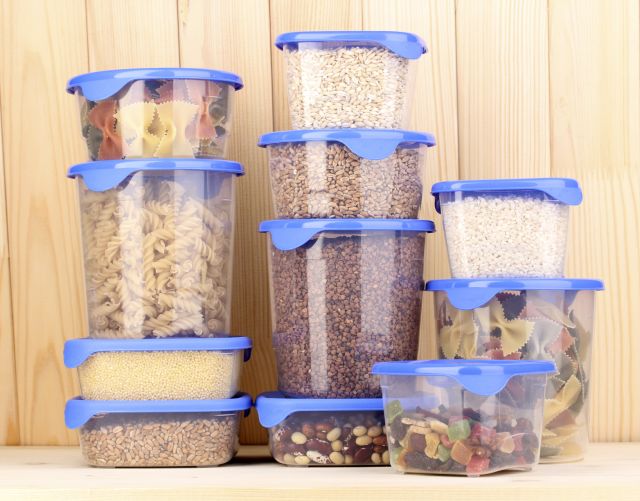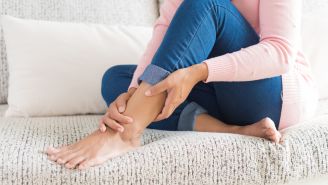You vacuum your carpets, wash your dishes and clothes, and clean your windows, so you must have a clean house, right? Wrong. There are some sneaky health hazards you may have at work—and even those that come with traveling—but you may not think your own home is lurking with health dangers.
From containers to carpet, here are four things to watch out for plus ways you can protect yourself from the harmful products and substances.
You still use plastic water bottles and Tupperware.
Many plastic containers including water bottles have bisphenol A (BPA), a chemical produced in large quantities to make polycarbonate plastics and epoxy resins. BPA enters the body when you drink or eat food out of certain food storage containers or water bottles. Experts believe frequent exposure to BPA may increase blood pressure and increase risk for diabetes and obesity. They also believe it may impact brain development and behavior in unborn babies, infants and children.
The easiest way to avoid BPA exposure is to buy glass, porcelain or stainless steel containers, and limit the amount of canned foods you consume. Avoid microwaving or dishwashing any polycarbonate containers if you do buy them. Manufactures are starting to cut down on BPA products and improve labeling for those items that are BPA-free to make shopping easier. When shopping for containers, avoid products that contain PVC or vinyl, polystyrene foam or BPA.
Your carpets are treated.
If you have kids or a pet, it’s likely you have stain-proof carpet. But you’ll want to understand the types of products that were used. Carpet treatments in older homes may have involved perfluorooctanoic acid (PFOA), a chemical used to make Teflon, that may be associated with cancer and thyroid disease. And while newer carpet treatments have improved, they may still contain other polyfluoroalkyl substances (PFAS), chemicals that experts believe may pose problems for pregnant women.
If you’re replacing your flooring, make sure you choose a natural material like wood or sisal. The best option? Go for hardwood and pile on the area rugs.
The air in your house is polluted.
Bacteria, mold, viruses, animal dander, dust mites and pollen are just a few of the biologic pollutants that may be lurking in your home. These pollutants may exacerbate asthma and allergy symptoms, encourage the spread of viruses and can cause breathing issues.
Chemical pollutants include substances such as carbon monoxide, tobacco smoke and volatile organic compounds found in things like paints, cleaning supplies and glue. Radon, an odorless gas product that comes from soil and rocks that contain radioactive elements such as uranium, can enter the home through cracks in your floor, walls or foundation. First floors and basements are the two areas that typically have the highest levels of radon since they are closest to the ground. Ongoing exposure to high levels of radon may increase your risk of lung cancer.
It’s best to track your air quality with a device, so you can start professional treatments right away if you do have problems. And if the weather is nice, be sure to open windows to let fresh air come in and encourage pollutants out. Have your home tested for radon—you may need to test again every couple of years if radon is found—and keep a carbon monoxide detector on every level of your home. Clean dust-infested areas like baseboards and blinds, and vacuum regularly.
You don’t change your pillowcases enough.
While they may be the key to a good night sleep, whether feather or polyester, pillows can be the breeding grounds for bacteria. Think about it—your head touches your pillow every night, so it’s not surprising dead skin cells are lurking. The average person sheds 40 to 60 million skin cells a day, and skin cells attract dust mites. Dust mites grow in hot and humid areas (like your pillow!), and pieces of the mites as well as their feces can trigger allergy symptoms.
Certain types of fungi can also grow on your pillows. The mold aspergillus is one of them and it can aggravate asthma symptoms and cause fungal infections in your sinuses or lungs.
Keep your pillows clean by replacing them every three years, and washing your sheets and pillowcases once a week using hot water.
The most important thing you can do to protect you and your family is to research any products that come into your home to learn what they’re made out of. Regular deep cleanings will help, too.






